MLB trade deadline winners and losers: Rangers push chips in, Mets accept reality
We're in a new era of the trade deadline.
Entering play on deadline day, there were 19 clubs with 26% or greater chances of making the postseason, according to FanGraphs' playoff odds.
That's a lot - more than half of major-league teams as the calendar flips to August.
There were 12 such teams in each of the last two full seasons, 2019 and 2021, with the previous playoff format including only two wild cards.
More teams with plausible postseason chances means more teams approaching the deadline as potential buyers.
While the field of playoff contenders is larger, there weren't many teams - only six - with a 33% chance of securing a bye: the Rays, Orioles, Rangers, Astros, Dodgers, and Braves. There were only four with 50% or better bye chances: the Rays, Astros, Braves and Dodgers.
It might seem like there's an imbalance between buyers and sellers, but some teams with plausible postseason paths elected to become sellers at the deadline, or at least partial sellers (see: Guardians, Mariners), electing to not invest in chasing play-in berths and instead be opportunistic.
While most deadline deals don't help a team to a title - there's only one World Series winner, of course - every eventual champion since 2010 made a significant addition prior to the trade deadline. Good teams usually do something.
This backdrop made for interesting decision-making - and a lot of trades.
There's new calculus required in this expanded era of playoffs. So, who did well? Below, we examine some winners and losers from the deadline period:
Winners
Rangers
It's terrifying to trade away a prospect with the bloodlines of Luisangel Acuna, the younger brother of Ronald Acuna.
Luisangel Acuna ranks anywhere from 44th (MLB) to 87th (Baseball America) on prospect lists. The 21-year-old middle infielder doesn't have the frame or power projection of his older brother, but he's a fantastic prospect in his own right.
However, the Rangers were one of the clubs who should have been most motivated to buy - and they did.
They made one of the first major splashes Sunday, adding one of the top arms available in Max Scherzer. The cost was Acuna, but they were able to keep their top prospect, Evan Carter. The Mets are also reportedly paying $35 million of Scherzer's contract, assuming his player option is picked up next year.
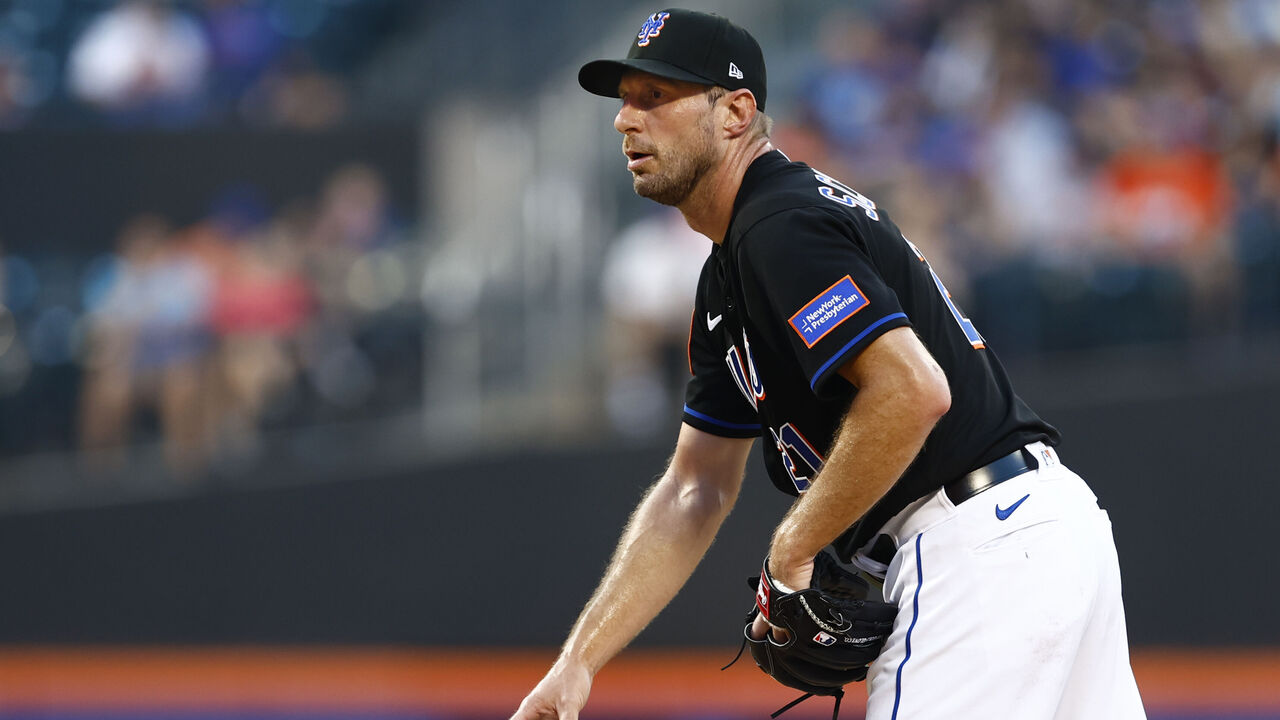
The Rangers then kept adding, picking up another quality starter in Jordan Montgomery from the Cardinals. And they did so without giving up a top-10 prospect from their system. They also added Chris Stratton in that deal, backup catcher Austin Hedges on Tuesday, and Aroldis Chapman in late June.
They were one of the few teams on the bye bubble, and they have a 40% chance of winning the AL West.
Their core is excellent but not young - another reason to go all-in.
Marcus Semien (32 years old) and Corey Seager (29) are at their peak now after being signed to massive deals two offseasons ago, when most thought the Rangers were far away from contention. Adolis Garcia is 30. Nathaniel Lowe is in his prime at 28.
The Rangers needed pitching help in a big way. The pitching staff is beat up. Jacob deGrom is lost for the year after undergoing his second Tommy John surgery. Nathan Eovaldi's filled in admirably atop the rotation, but he's on the IL with a forearm strain.
Sure, Scherzer appears to be in decline, and he's not pitching at the dominant level of recent seasons. But he still boasts an excellent 20% strikeout-minus-walk rate, and the 39-year-old is still striking out 10 batters per nine.
Montgomery's been even better. He had nothing to do with the mess in St. Louis and ranks 20th in the majors in WAR.
The two arms might be enough to help the Rangers back to the postseason, which they haven't reached since 2016. The Astros have made it a tough neighborhood; it's another reason to take advantage of opportunities.

They did what they had to do.
Diamondbacks
Trading for relief help isn't often a great long-term strategy, but in the short term, it can be a big deal, especially if an arm is making four or more appearances in a lengthy playoff series.
Daniel Hudson helped the 2019 Nationals win a World Series. The Cubs picked up Chapman in 2016.
While the Arizona bullpen isn't quite the issue it was in recent years, adding Paul Sewald helped its chances in a division that's as wide open as it's been in recent memory. This is a team that should have been buying and added veteran outfielder Tommy Pham before the deadline.
With the Dodgers down a bit this year, and beat up, the Diamondbacks were wise to bet on their group.
Dodgers
The Dodgers are in an unusual position. They're not running away with this year's NL West, and they're having real issues with the starting rotation.
They dipped into one of the deepest farm systems in the game to pluck Lance Lynn and Joe Kelly from Chicago and address some of their pitching needs.
While Lynn owns an ugly 6-plus ERA, his xFIP suggests he's been unlucky and his strikeout rate is in line with recent seasons. There's a good chance he pitches much better with the Dodgers. His skills are largely intact.
While Nick Nastrini is a quality prospect to part with, it feels like the Dodgers can almost draft and develop quality prospect arms at will. The NL West could be won by a game or two, so any additional value could turn out to be meaningful.
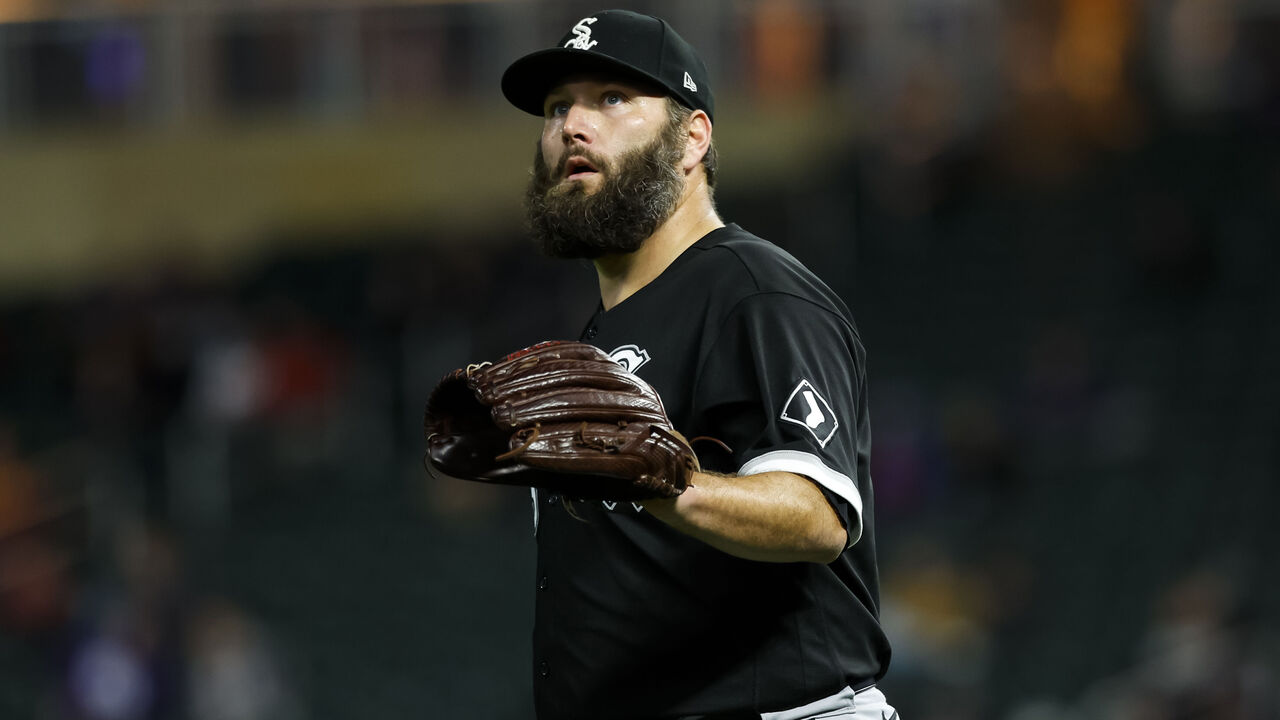
Mets
The Mets were wise to shed veterans - Scherzer, Verlander, Robertson, and Mark Canha - for prospects given their slim postseason chances.
They accepted reality, as difficult as it may have been to do so.
And with owner Steve Cohen willing to absorb millions of dollars with those veterans' contracts, the Mets improved their prospect return.
There's already the Cohen tax tier in the CBA; there's now perhaps a Cohen trade loophole.
The only quibble with all those deals, and all those dollars, is they returned one consensus top-100 prospect in Acuna. It speaks to the age of Scherzer and Verlander, their weighty contracts, and how they were never great investments to begin with for the Mets.
But outfielder Drew Gilbert, Houston's first-rounder last year, does appear on some top-100 lists. And Ryan Clifford, an over-slot signing from last year's draft, is another legit prospect who came over in the Verlander deal:
Drew Gilbert headed to the Mets 👀
— Trey Hannam (@TJHannam10) August 1, 2023
Astros #1 prospect, 1st round pick pic.twitter.com/SwDD19eVVZ
The Mets' best value trade was perhaps the one involving Robertson, as it included 18-year-old Marco Vargas, a left-handed hitter impressing in the lower minors. He ranks as the Mets' No. 7 prospect by MLB.
The Mets learned a valuable lesson: fielding the oldest team and pitching staff in the majors isn't a great strategy. Now, they've reset with more prospects and a little more payroll space. And every dollar saved may help in making, say, a bid for Shohei Ohtani. While Scherzer said he was told by the Mets' front office that the focus is on 2025-26, it's difficult to believe they won't try to compete again next season.
White Sox
It's been an ugly year for the White Sox, but they extracted healthy returns for a rental in Lucas Giolito (traded to Angels), and likely rentals in Lynn and Kelly (to Dodgers). All three pitchers weren't expected to be back.
The White Sox nabbed the Angels' top two prospects in catcher Edgar Quero (Chicago's new No. 2 prospect, per MLB) and newly minted pitcher Ky Bush (No. 7). The Dodgers' No. 9 prospect, Nastrini, becomes Chicago's No. 6.
Jake Eder, from Miami in the Burger deal, becomes Chicago's new No. 4 prospect.
No team improved the top of its farm system more than the White Sox. There's a lot to be done to reset on the South Side, but this is a start.
The Losers
Angels
One can understand a club having a difficult time trading a once-in-a-100-year talent in Shohei Ohtani. But hope is not a plan. And in keeping Ohtani, and in buying at the deadline, the Angels are hoping. It will only set the franchise back further.
Despite playoff chances at 17%, the club surrendered its top two prospects for Giolito, electing to hold Ohtani, chase slim odds, and drain its farm system - now regarded as the worst, or near the worst, in the industry.
If the Angels were going to go all-out in what is likely Ohtani's last year with the club, they should have made such a significant move earlier. While they did improve their roster in the offseason, why didn't they empty the top of the farm system to maximize the last six months of Ohtani as an Angel? Why only the final two?
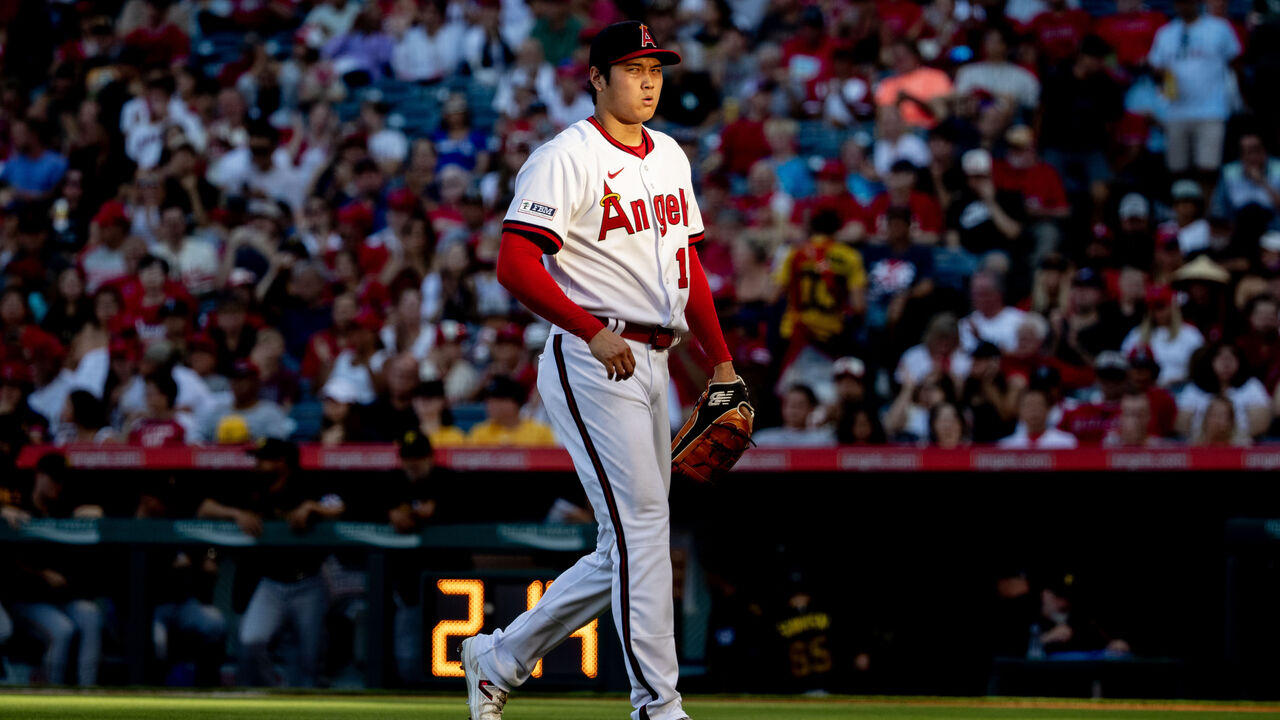
Ohtani's a free agent after the season, and so are Hunter Renfroe and Giolito. Mike Trout and Anthony Rendon aren't getting any younger or healthier. The club's draft-and-development process has been so poor for so long. It hasn't reached the postseason in the Ohtani-Trout years.
It was always going to be a painful retooling process; now it will be longer, and likely even more difficult to endure.
Reds
It's been a magical season in Cincinnati. The Reds' next core, featuring some of the most exciting young position players in baseball, arrived and made an immediate difference. But this is a club with a legit shot at a playoff berth that was too quiet at the deadline. The Reds elected to not jump in the starting pitching market, missing out on top- and mid-tier targets like Michael Lorenzen, who landed in Philadelphia.
That said, the Reds are expected to get de facto additions back to their rotation later this month, with Hunter Greene and Nick Lodolo, their two top young pitchers, working their way back from injury.
Yankees
The New York Post's Joel Sherman noted that every team in the majors made a trade in the month leading up to the deadline - except the Yankees. With Aaron Judge back, the Yankees could have added and chased a playoff berth, or been opportunistic and tried to sell. Instead, they opted to do nothing.
Twins
The Twins don't appear to have to do much to win the AL Central this year, but in doing nothing Tuesday, like the Yankees, they leave themselves little room for error while holding a very slim lead over the Guardians.
Mixed results
Blue Jays
Their trade deadline was complicated while awaiting word on Bo Bichette's knee injury, and they ended up making something of an emergency trade Tuesday, adding glove-first St. Louis shortstop Paul DeJong.
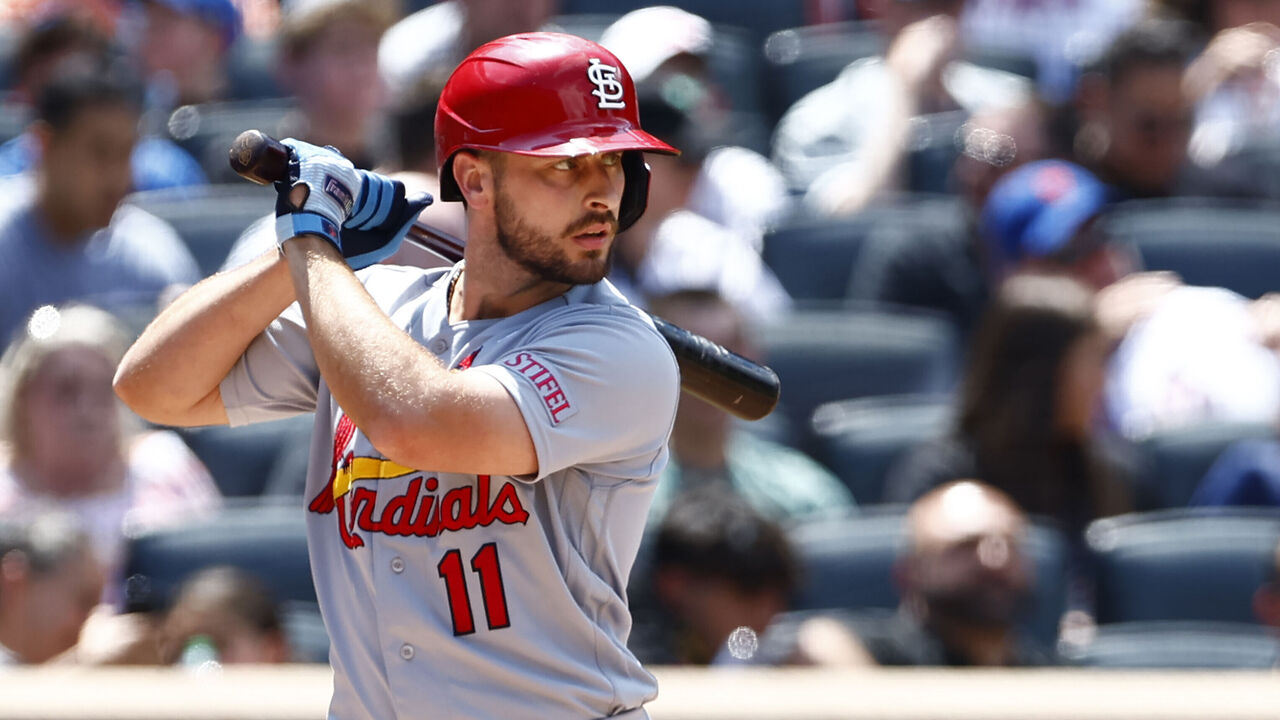
Toronto may have enough pitching to drive deep into October, but the question is now more on the offensive side, with George Springer and Daulton Varsho not hitting like the club hoped, and Bichette day-to-day with a knee injury. This team isn't quite the offensive force it was a year ago, and the playoffs aren't guaranteed.
Astros
The last time Houston added Justin Verlander (2017 from Detroit), the Astros improved his slider grip and went on to win the World Series.
Like the Rangers, the Astros are a club that was motivated to make a major move while sitting on the bye bubble.
The issue is that Verlander owns a lot more mileage than he did six years ago. His K-BB% sits at its worst level since 2014 (13%). He hasn't struck out batters at this low a rate since 2015. And this time, at 40, there may not be a rebound.
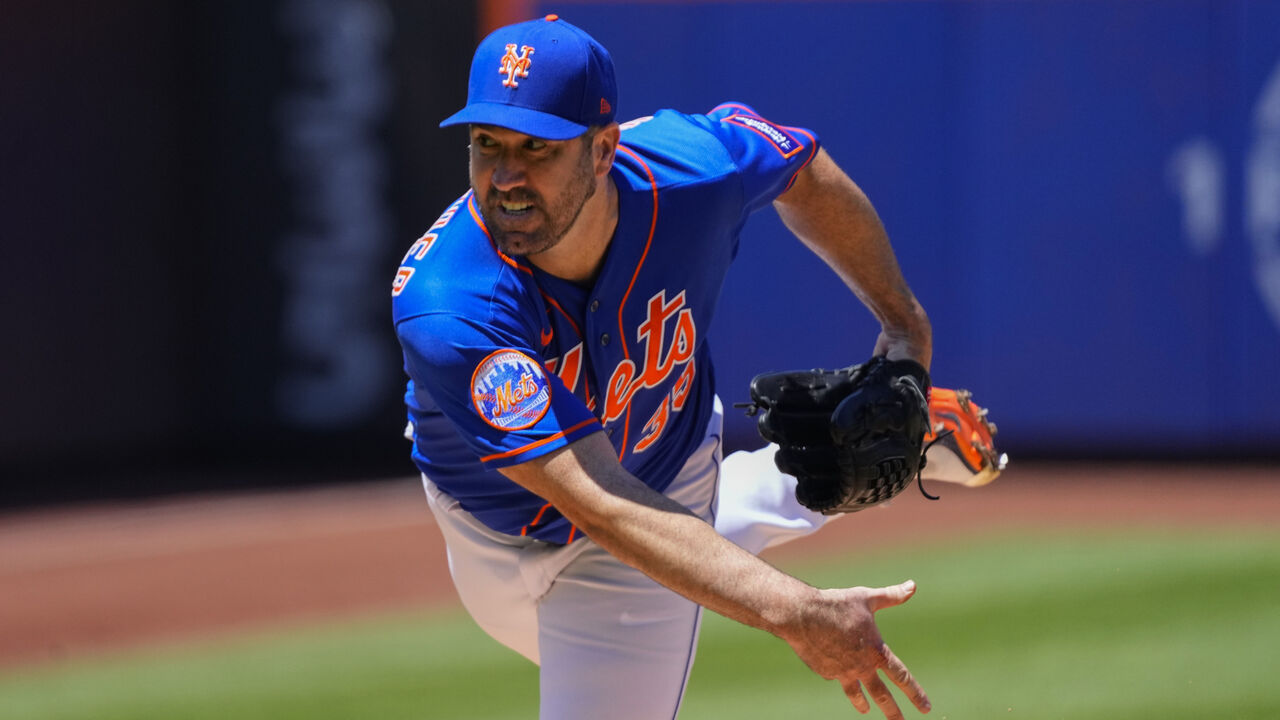
While they chose a similar deadline path to the Rangers, Verlander's decline is steeper than Scherzer's to date, and the Astros added less in total.
They also paid a higher relative prospect cost for Verlander, as owner Jim Crane is being sent up to $54 million from the Mets, according to reports. Houston's farm system was already depleted; now it ranks with the Angels' as one of baseball's worst.
Cardinals
The Cardinals were correct to move Jordan Hicks instead of extend him. Relievers are highly variable in performance - even talented ones like Hicks. They moved expiring contracts like Montgomery's and Jack Flaherty's, which is exactly what they should have done.
But the Cardinals needed a larger makeover. They have a logjam in the outfield to clear, and there perhaps should have been a desire to move corner stars Nolan Arenado (age 32) and Paul Goldschmidt (age 35), assuming no-trade clauses could have been sorted out. Further, catcher Willson Contreras doesn't appear to be the right fit.
The Cardinals have more work to do.
Orioles
What the Orioles have done - turning around what was a hapless franchise and building not only a first-place major-league team but one of the strongest farm systems in baseball - is remarkable. But they can't count on leading MLB's toughest neighborhood regularly on Aug. 1.
While they understandably don't want to part with No. 1 prospect Jackson Holliday, and while they have one of the most enviable position-player groups in the game, they have glaring needs in their rotation, and it's unclear if Flaherty, acquired from St. Louis only 10 minutes prior to the deadline, will be enough. Flaherty's been uneven in performance this year, but perhaps the Orioles' player-development magic will extract some additional value.
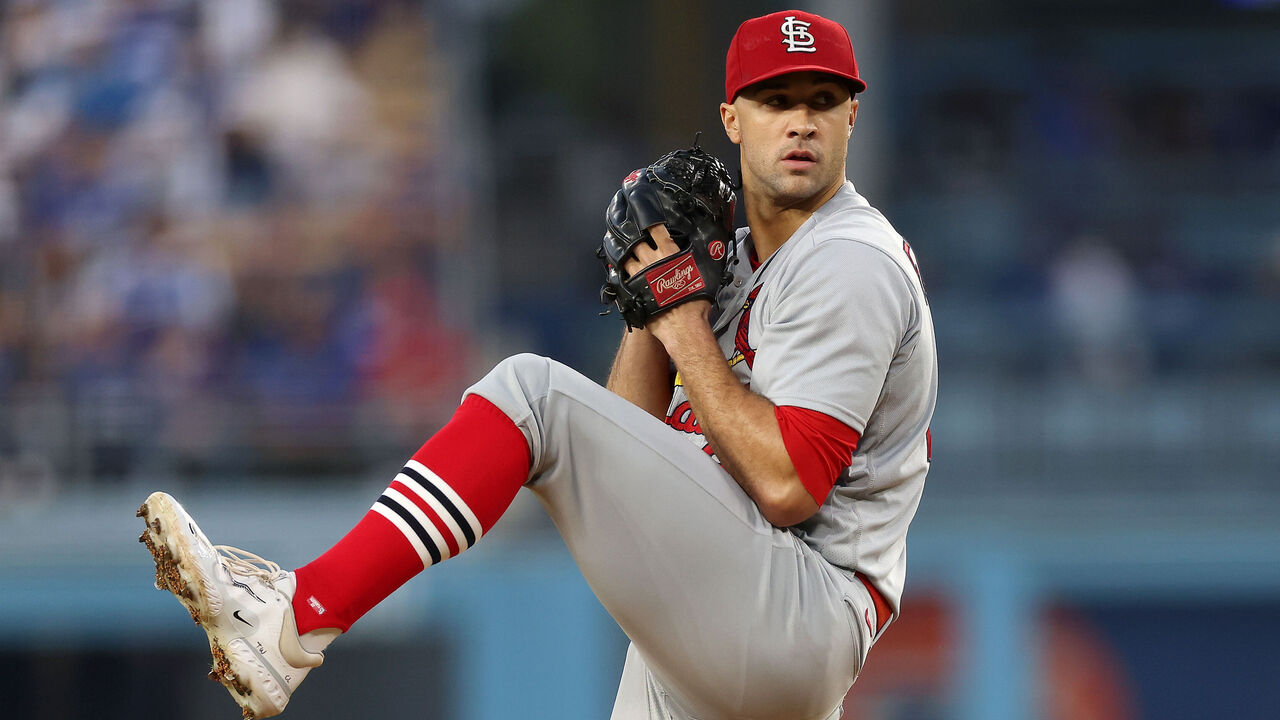
Guardians
When the Rays call a club about making a trade, history suggests the rival GM on the other end of the phone would be wise to hang up.
Tampa Bay's gotten the better of Cleveland in recent history, acquiring Yandy Diaz for Jake Bauers in December 2018, and Junior Caminero for Tobias Myers near the end of 2021. Caminero now ranks as the club's top prospect and a top-50 prospect in baseball.
But teams can't be afraid to make deals if they believe they help their club.
Cleveland needs more offensive firepower in a number of corner spots, and if Kyle Manzardo's shoulder injury doesn't become a long-term issue, the Guardians may have acquired the top prospect and best young hitter moved at the deadline (for pitcher Aaron Civale, who was a sell-high candidate).
It could be a great long-term deal, but the question is whether it's worth the long-term upside when the club trails the Twins by only one game. The Guardians became opportunistic sellers, which will likely become a more common position in this expanded MLB playoff world.
Rays
The Rays needed help. After a historic start to the season, they've cooled while the Orioles have caught and surpassed them. Tampa does many things well but struggles to keep arms healthy, with key starters Jeffrey Springs and Drew Rasmussen out for the year. Enter Civale.
The issue: Civale isn't the kind of pitcher the Rays have typically acquired and increased in value by improving his skill set. Civale doesn't have premium velocity but a miscast pitch mix - as was the case with Tyler Glasnow. He probably doesn't need a new pitch, like Springs and Rasmussen. Civale is a cerebral pitcher who rose through arguably the best pitching-development system in the majors in Cleveland.
He's also outpitching his peripheral numbers this year. He owns a 2.34 ERA but a 4.57 xFIP. He's stranded runners at the highest rate of his career and allowed the fewest home runs per fly ball. In other words: he's been quite fortunate.
The Rays needed rotation help, but Civale might be due for regression at the cost of a top-50 prospect.
Travis Sawchik is theScore's senior baseball writer.